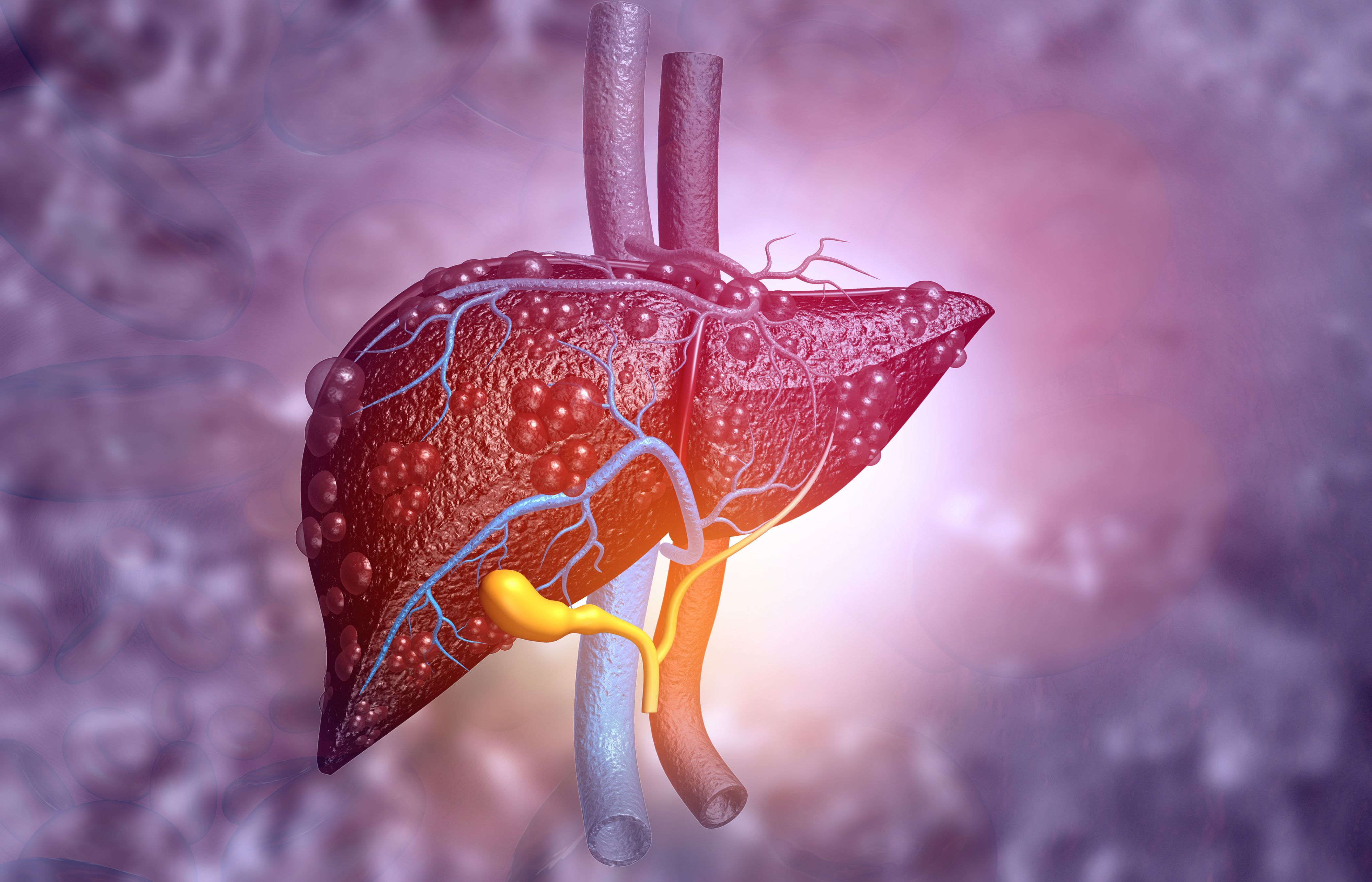Hepatitis C Treatment Also Reduces Liver Disease and Death
What is the hepatitis C treatment uptake among people who inject drugs?

The World Health Organization (WHO) has called for hepatitis C virus (HCV) to be eliminated by 2030. While there is no vaccine for HCV, direct-acting antivirals (DAAs) can clear the virus from the body. However, HCV treatment uptake has historically been very low among people who inject drugs (PWID).
When HCV treatments are neglected by PWID, it not only exacerbates the personal and systemic disease burden, but also widens preexisting social and racial health disparities. A recent study, published in Annals of Internal Medicine, examined whether all-oral HCV treatments were utilized by PWID, and if they reduced liver disease burden and mortalities.
The community-based, longitudinal cohort study enrolled 1323 participants in Baltimore, Maryland from 2006-2019. The participants were chronically infected with HCV and identified via the AIDS Linked to the IntraVenous Experience (ALIVE) study. The National Death Index was used to collect liver stiffness measures (LSMs) were taken to gauge transient elastography, HCV RNA, and mortality.
Of the 1323 individuals with chronic HCV, 82% were Black, 71% were male, and 66% were HIV-negative. Throughout the course of the study, the participants with detectable HCV RNA decreased from 100% in 2006 to 48% in 2019.
Of the 10350 valid LSMs, cirrhosis was detected in 15% of participants in 2006, 19% in 2015, and 8% in 2019. The participants with undetectable HCV RNA had reduced all-cause mortality (adjusted hazard ratio, 0.54 [CI, 0.38 to 0.77]) and significantly reduced odds of cirrhosis (adjusted odds ratio, 0.28 [95% CI, 0.17 to 0.45]).
The study authors concluded that community-based PWID in Baltimore saw sharp decreases in liver disease and death as a result of HCV treatment. They recommended additional efforts to combat remaining treatment barriers and completely eliminate the public health threat of HCV among PWID.
